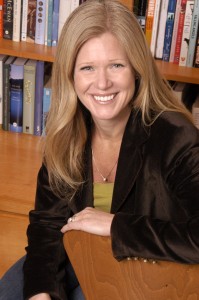httpv://www.youtube.com/watch?v=QnR1x64WOjQ
Elizabeth Bishop reading “The Fish”
Today is Elizabeth Bishop‘s birthday (1911-1979).
I am lucky enough to have been in her childhood home in Great Village, Nova Scotia, and her mountainside villa in Ouro Preto, Brazil. In both instances, her bedroom was the smallest room in the house.
Frye never wrote about Bishop. (See Bob Denham’s correction in the post above.) But he did meet her at Harvard in 1975, when she was writer-in-residence and he was the Charles Eliot Norton lecturer (those lectures later became The Secular Scripture). According to John Ayre, they were seated together at dinner one night and “swapped tales” of their Maritime upbringing, she in Nova Scotia and he in New Brunswick. (Northrop Frye: A Biography, 347)
After the jump, “First Death in Nova Scotia.”


